Do you have a question about the Fronius Eco 27.0-3-S and is the answer not in the manual?
Defines DANGER, WARNING, CAUTION, NOTE, and IMPORTANT symbols.
Covers general safety, warnings on the device, and protection devices.
Details requirements for personnel performing servicing and maintenance.
Explains compliance with European directives for waste electrical equipment.
Explains the inverter's design, components, and basic function.
Details intended use, prohibitions, and proper operational practices.
Highlights the presence and importance of safety and warning labels on the inverter.
Outlines criteria for selecting suitable fuses based on current and voltage ratings.
Details the IP switch, LAN, WLAN, and other connection interfaces on the Datamanager.
Explains the General status LED, Startup LED, and Operating status LED.
Details the function of the Left/up, Down/right, Menu/Esc, and Enter keys.
Lists the real-time values displayed in the NOW menu.
Lists recorded data like energy fed in, max output power, and yield.
Notes that software updates may affect described functions or illustrations.
Explains the general procedure for setting values within the SETUP menu.
Details using a USB stick for safely removing hardware, software updates, and logging.
Details how a USB drive can function as a datalogger and how to import data.
Explains the process of updating inverter software using a USB flash drive.
Explains how the inverter self-diagnosis detects and displays faults via status codes.
Describes status codes caused by public grid issues and their behavior.
Lists Class 4 status codes that may require intervention by a trained service technician.
Lists input parameters like MPP voltage range, max input voltage, and current.
Lists output parameters like nominal output power, grid voltage, and current.
Includes efficiency, self-consumption, cooling, dimensions, and weight.
Details protection devices like DC insulation measurement and RCMU.
Provides information on obtaining warranty terms and registration.
| Dimensions (height x width x depth) | 725 x 510 x 225 mm |
|---|---|
| Weight | 35.7 kg |
| Protection Class | IP 66 |
| Operating Temperature Range | -25°C to +60°C |
| Topology | Transformerless |
| AC Voltage Range | 3 x 230 V / 400 V |
| THD | < 3% |
| DC Max. Input Voltage | 1000 V |
| MPP Voltage Range | 580 - 850 V |
| Number of DC Connections | 6 |
| Number of MPP Trackers | 3 |
| DC Isolation Measurement | Yes |
| Overvoltage Protection | Yes |
| DC Reverse Polarity Protection | Yes |
| MPPT Voltage Range | 580 - 850 V |
| AC Nominal Frequency | 50 / 60 Hz |
| AC Nominal Power | 27000 W |
| Max. Apparent AC Power | 27000 VA |
| Max. Output Current | 39 A |
| Maximum AC Power | 27, 000 W |

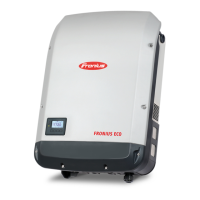
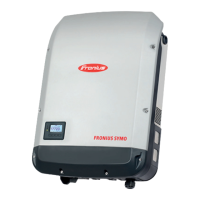
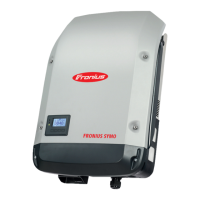


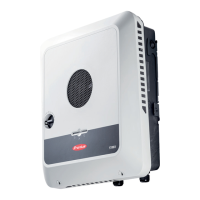
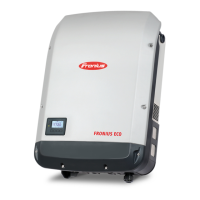

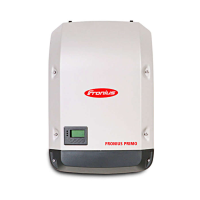
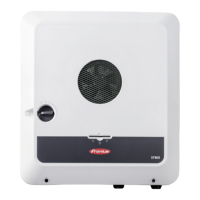

